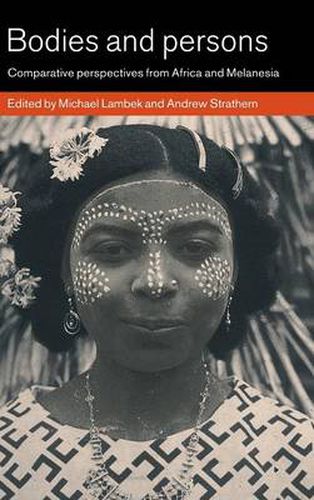Readings Newsletter
Become a Readings Member to make your shopping experience even easier.
Sign in or sign up for free!
You’re not far away from qualifying for FREE standard shipping within Australia
You’ve qualified for FREE standard shipping within Australia
The cart is loading…






Large-scale comparisons are out of fashion in anthropology, but this book suggests a bold comparative approach to broad cultural differences between Africa and Melanesia. Its theme is personhood, which is understood in terms of what anthropologists call ‘embodiment’. These concepts are applied to questions ranging from the meanings of spirit possession, to the logics of witchcraft and kinship relations, the use of rituals to heal the sick, ‘electric vampires’, and even the impact of capitalism. There are detailed ethnographic analyses, and suggestive comparisons of classic African and Melanesian ethnographic cases, such as the Nuer and the Melpa. The contributors debate alternative strategies for cross-cultural comparison, and demonstrate that there is a surprising range of continuities, putting in question common assumptions about the huge differences between these two parts of the world.
$9.00 standard shipping within Australia
FREE standard shipping within Australia for orders over $100.00
Express & International shipping calculated at checkout
Large-scale comparisons are out of fashion in anthropology, but this book suggests a bold comparative approach to broad cultural differences between Africa and Melanesia. Its theme is personhood, which is understood in terms of what anthropologists call ‘embodiment’. These concepts are applied to questions ranging from the meanings of spirit possession, to the logics of witchcraft and kinship relations, the use of rituals to heal the sick, ‘electric vampires’, and even the impact of capitalism. There are detailed ethnographic analyses, and suggestive comparisons of classic African and Melanesian ethnographic cases, such as the Nuer and the Melpa. The contributors debate alternative strategies for cross-cultural comparison, and demonstrate that there is a surprising range of continuities, putting in question common assumptions about the huge differences between these two parts of the world.